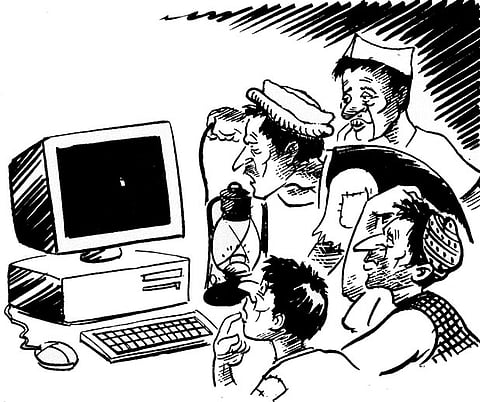In one of the more ill-timed trips he has ever made, Fidel Ramos, the Philippines' cigar-chomping president, decided to pay an official visit to India in March 1997. Nothing wrong with that of course; a portrait in front of the Taj Mahal is a must in the photo album of every head of state. But no one had warned Ramos that Bill Gates was going to be in New Delhi on the same dates.
The result was that while Gates got banner newspaper headlines and top slots on every television news programme, Ramos barely managed a brief mention on page 12 of the national papers. Understandable, since Gates' private worth is more than the GNP of some medium-sized countries and he rakes in more cash every day than the Philippines makes daily from all its exports.

